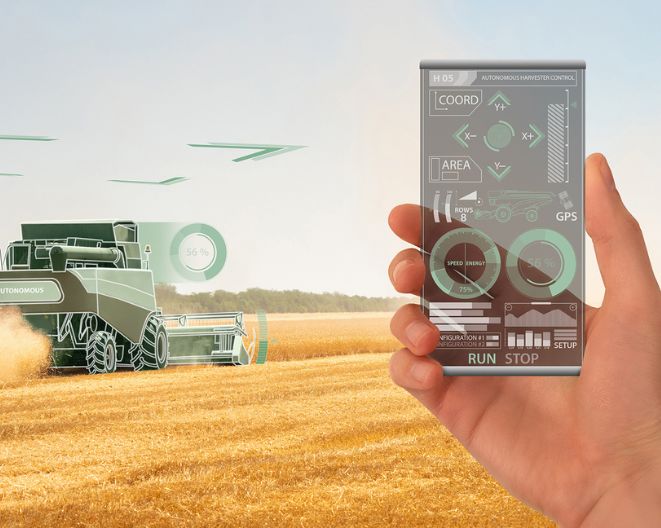As the world’s population continues to grow, the demand for food is also increasing. However, agriculture is facing the challenge of producing more food in a sustainable and efficient way, while also reducing the impact on the environment. In this post, we will explore how machine learning and other AI technologies are being used in agriculture to help combat the global food crisis.
Critical Areas Where AI Can Help
To meet the food requirements globally, machine learning and other AI technologies can help to reduce food damage, increase yield and make the food supply process easier. Here are some of the critical areas where AI can help.
Crop Yield Prediction
One of the key ways that machine learning is being used in agriculture is to predict crop yields. Machine learning algorithms can predict crop yields with a high degree of accuracy by analyzing data on weather, soil conditions, and other factors. This can help farmers to plan their planting and harvesting schedules more effectively, resulting in increased efficiency and productivity.
Pest and Disease Detection
Another area where AI is being used in agriculture is in the detection of pests and diseases. By analyzing images of crops, machine learning algorithms can identify the presence of pests and conditions, and alert farmers to potential problems. This can help farmers to be more proactive in managing their crops, resulting in reduced crop losses and increased yields.
Precision Irrigation
Water is a precious resource in agriculture, and precision irrigation systems are being developed to help farmers use water more efficiently. By using machine learning algorithms to analyze data on weather, soil moisture, and other factors, precision irrigation systems can determine the optimal time and amount of water to apply to crops. This can help to conserve water and reduce the impact of drought.
Livestock Health Monitoring
AI technology is also being applied in livestock farming to improve animal health and productivity. By monitoring the behavior, movement, and vital signs of animals, AI algorithms can detect signs of illness or stress early, allowing farmers to take preventive measures. This can help to reduce the spread of diseases and increase the overall health and productivity of the herd.
Weather forecasting and Climate modeling
Weather forecasting and climate modeling are becoming increasingly important in agriculture as a means of predicting and adapting to the effects of climate change. Machine learning algorithms can analyze large amounts of historical weather data and make predictions about future weather patterns, helping farmers to plan for potential weather-related challenges such as droughts or floods. Additionally, climate modeling can be used to predict the long-term effects of climate change on agriculture, such as changes in temperature, precipitation, and crop growth patterns.
Automated Field Management
AI-powered automation systems are being used to manage agricultural fields in a more efficient and effective manner. These systems can automatically monitor and control various field parameters such as soil moisture, temperature, light intensity, and more. The data collected is analyzed by machine learning algorithms to optimize the growth conditions of crops, leading to increased yields and reduced costs.
Conclusion
AI technologies, particularly machine learning, are revolutionizing agriculture and helping to combat the global food crisis. These technologies are helping to increase efficiency, reduce waste, and improve the sustainability of food production. To address the food crisis, it’s essential to adopt these technologies and work together to find innovative solutions for agriculture. By doing so, we can ensure a sustainable and secure food system for the future.






1 Comment
[…] to trace the journey of food products from their origin to the consumer’s plate and verify Pest And Disease Detection ensures swift interventions in the event of contamination or […]
Comments are closed.